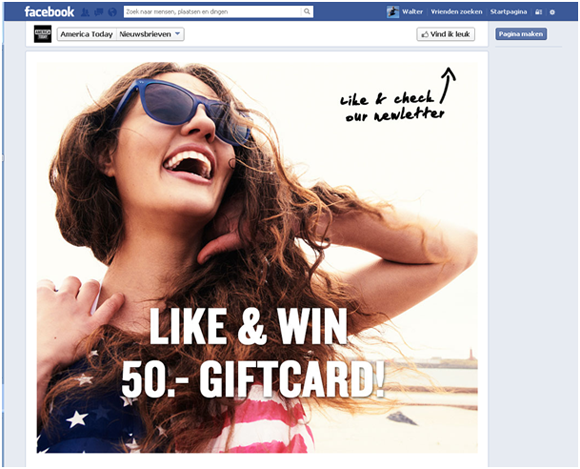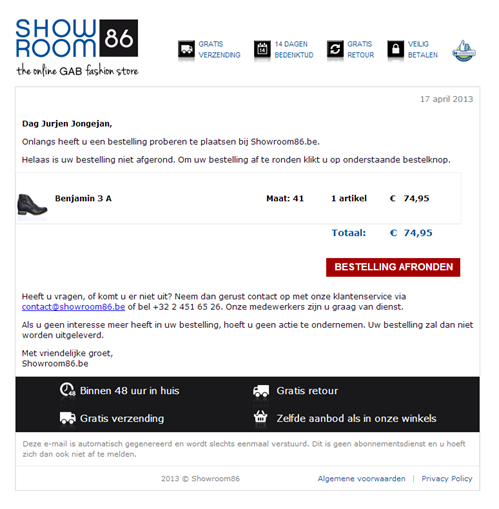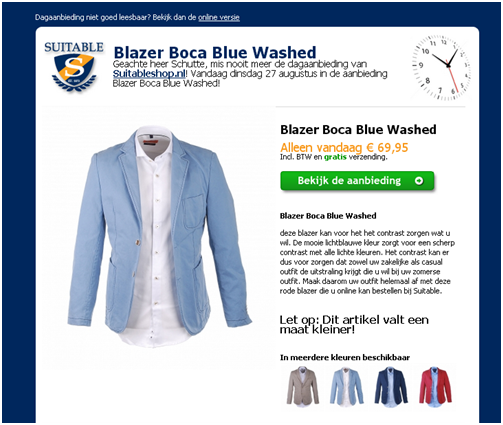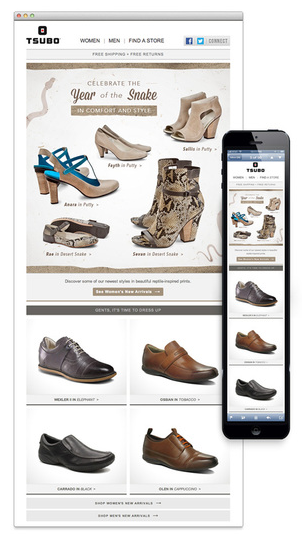
Four fundamentals of fashion marketing
When your business is in fashion and you haven't applied proper automation tactics yet: now is the time to act. When asked about things to invest in this year, 24% of all marketers shared that they would purchase or upgrade their marketing automation solution this year. Failing to join them means you'll lose your customers to the competition. Read this article to learn how you can get to know your visitors, keep your customers engaged, how to make your communication more personal and responsive.
Get to know your audience
Communication is essential to get to know your visitors. But sometimes the barrier of subscribing for a newsletter or creating an account is simply too high. Fashion is mostly about emotion. Consumers tend to relate to a brand more easily via social media. Offering a ‘like us on Facebook’-button can prove to be a very fruitful way of staying in touch. Because of clever applications it is now possible to interact in a personalized way on Facebook and to extract the data of your audience from Facebook to your own marketing database. With this data, you’re able to apply lead nurturing. A good example of such an application is FB Hotwire, a Facebook add-on that sends consumer data directly to your databases. On top of that, FB Hotwire allows you to distribute your emailings onto Facebook and personalize it for the Facebook user.
Don’t let go
When you get hold of a visitor, act like it's the first day of sale: Tighten your grip and don’t let go. At the same time, as a fashion marketer it is essential to accept that most products placed in baskets will probably never be bought. Over 50% of visitors who put products in their baskets will leave your site in order to compare or over-think your offerings. Unless you act by sending targeted follow-ups like abandoned shop cart campaigns, chances are that you'll lose these customers forever. A follow-up within 24 hours however, will convert between 15 and 20% of the abandoned baskets and will lead to an increase in order value of around 20 to 30% too.
Make it personal
The only way to get your message across is by getting personal. Enriching personal data with information of personal interests, clicking behavior and purchase history allows you to master the two factors of personal campaigns: timing and relevancy.Zalando sends about 3 to 4 newsletters a week to some of their customers. And guess what? It works! Some recipients will appreciate the regular attention they receive, others might be happier when they receive a weekly mailing. By monitoring results like open, click-through and conversion rates, you can adjust your frequency and email contents to the recipient's liking. Suitable Shop adds relevancy and timing to their mailings by using information of previous orders and preferences.

Be responsive
Finally, understanding that your customers use multiple devices to browse, click and buy is the final addition to your marketing automation wardrobe. Tsubo saw their open percentage increased with 10%, and their click-through percentages with 9%. Simply by changing the code of their mailings to responsive.
If you apply these fundamentals to your marketing, you will see that your conversion rates will dramatically increase, as well as the loyalty and engagement of your clients.
